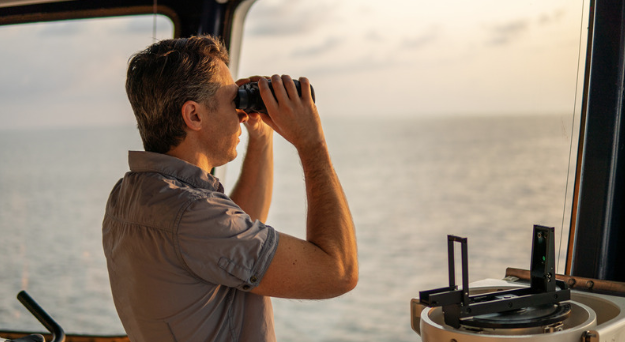How the Maritime Labour Convention Protects Seafarers
The Maritime Labour Convention serves as the global “bill of rights” for the world’s 1.6 million seafarers, establishing minimum standards that protect maritime workers from exploitation and unsafe conditions. This comprehensive framework applies to ship owners, maritime employers, seafarers, and maritime industry professionals who need to understand their rights and obligations under international law. Seafarers…


